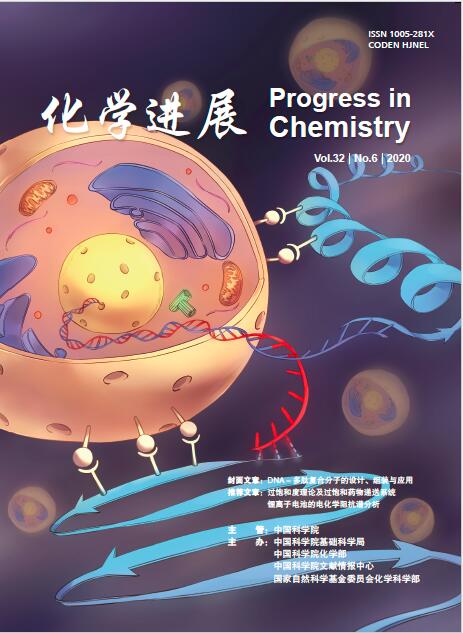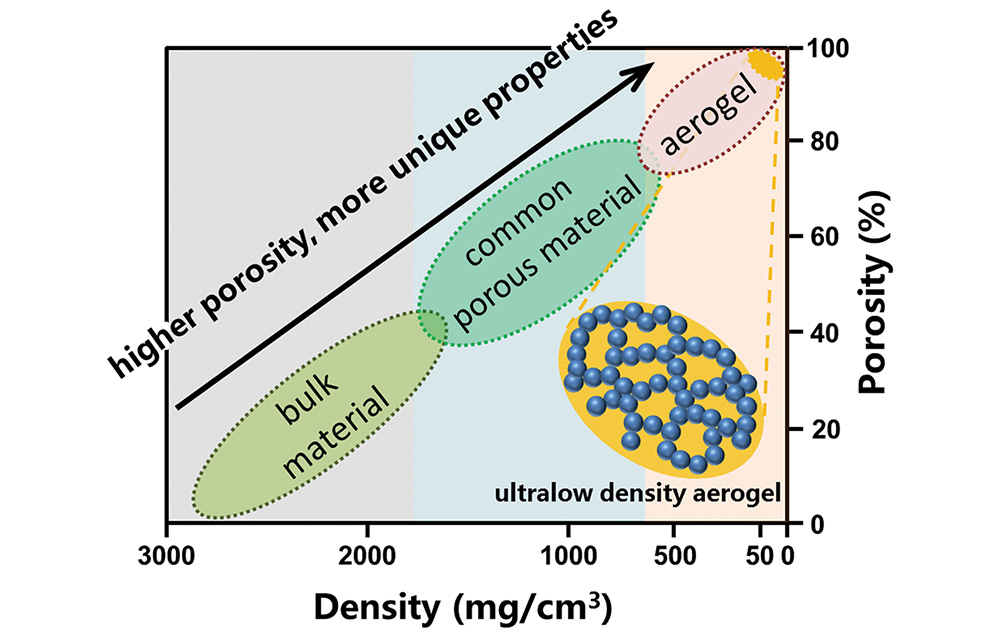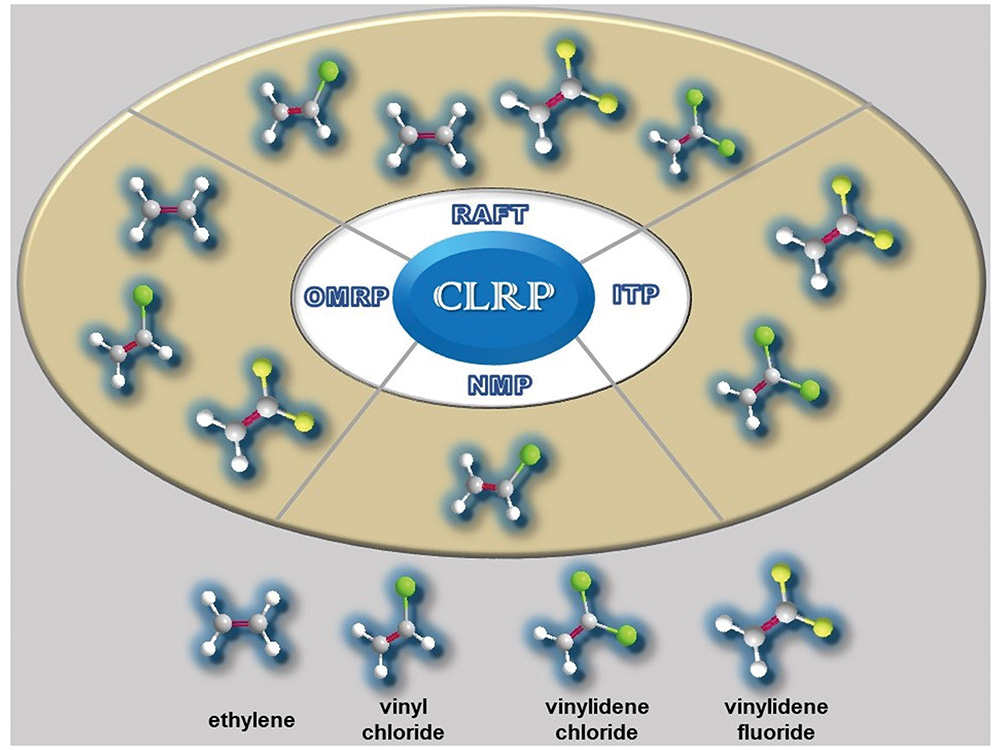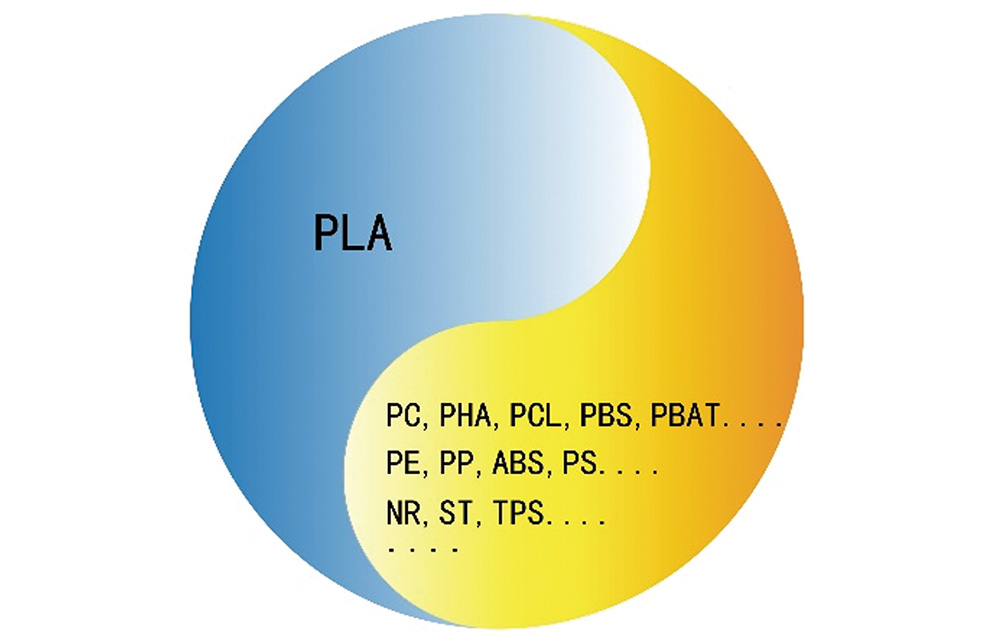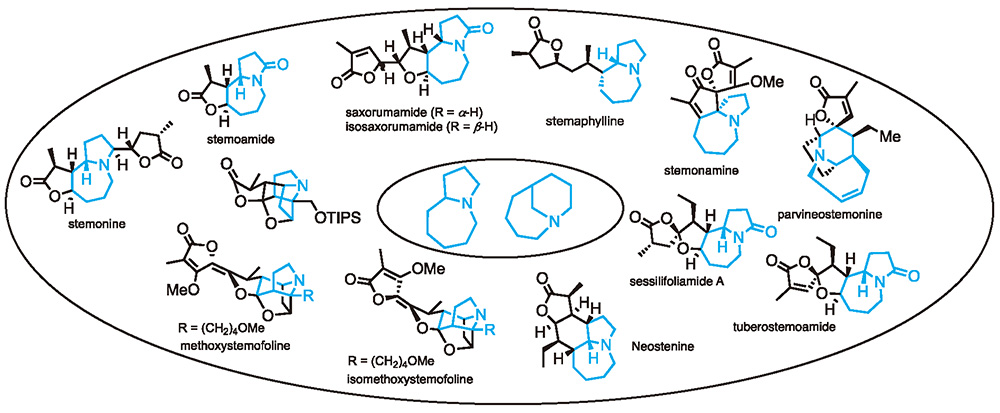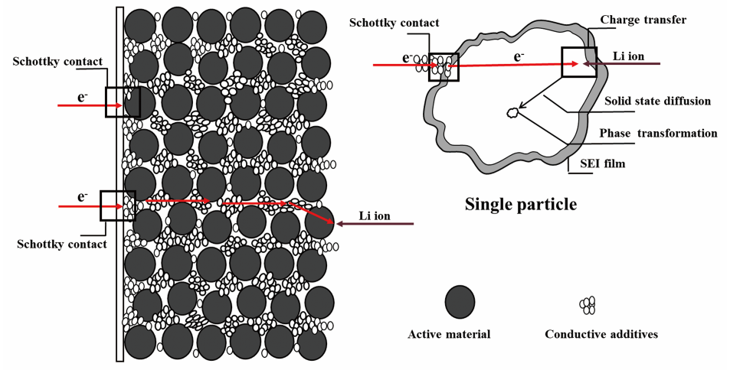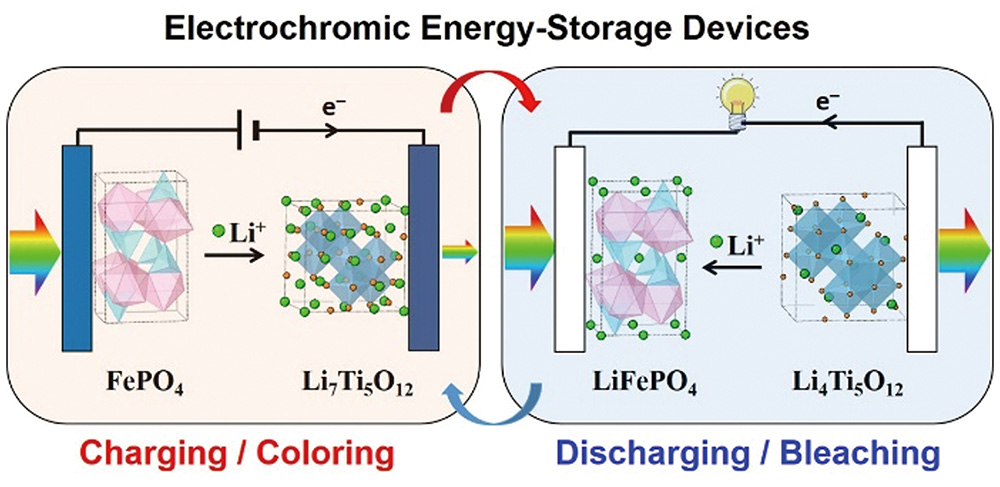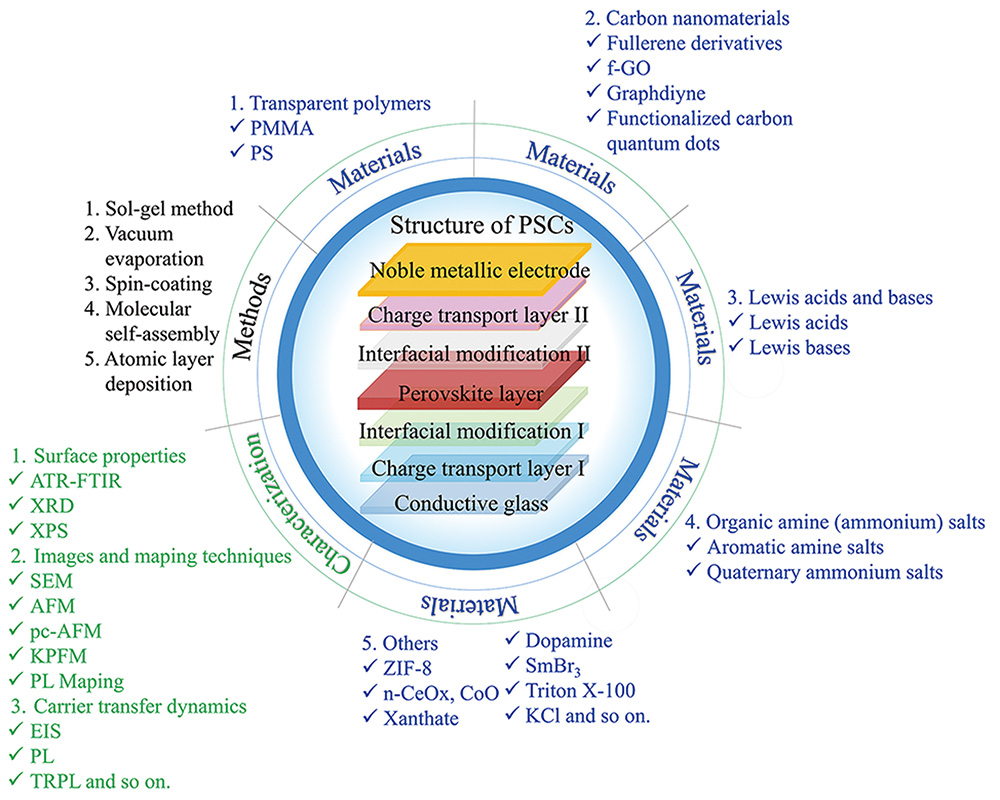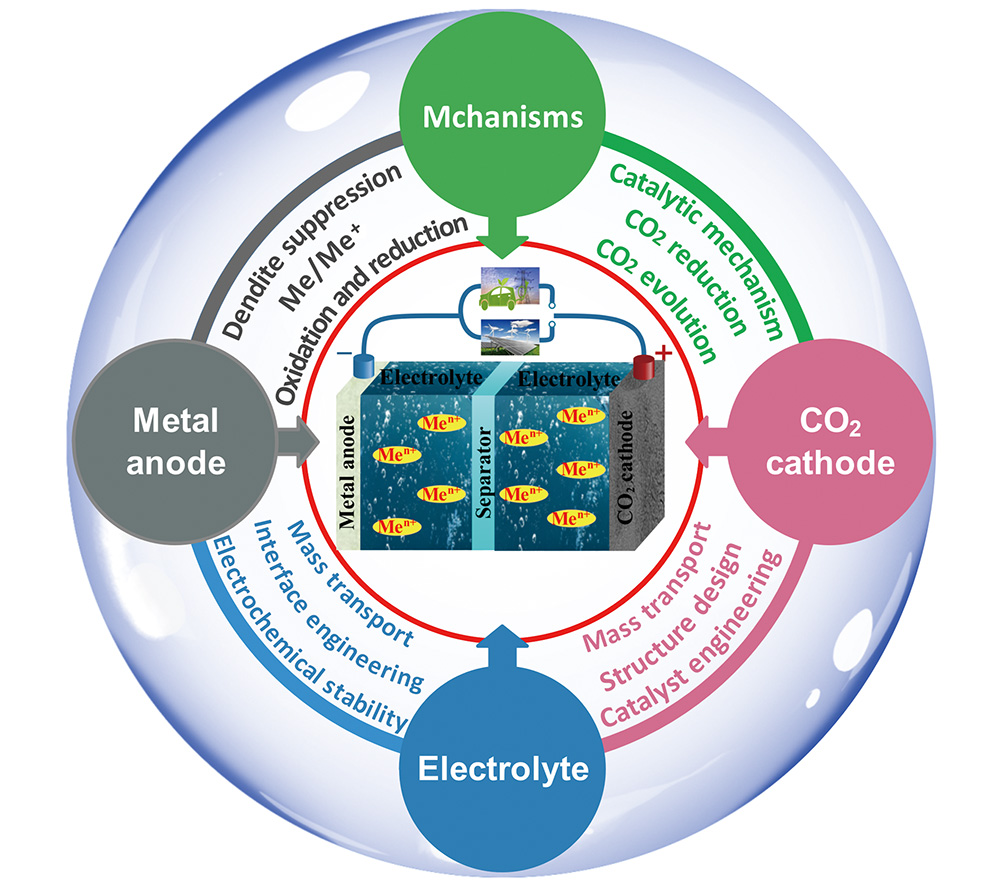Zixuan Wang, Yuefei Wang, Wei Qi, Rongxin Su, Zhimin He. Design, Self-Assembly and Application of DNA-Peptide Hybrid Molecules[J]. Progress in Chemistry, 2020, 32(6): 687-697.
As a new kind of self-assembled molecules, DNA-peptide hybrid molecules have attracted great interests. DNA has the advantages of programmability, high specificity and versatility. Peptides are a kind of important biological small molecules, which can form nanomaterials with various structures through molecular self-assembly. Therefore, DNA and peptide can be cross-linked with each other to form DNA-peptide hybrid molecules with hierarchical self-assembly behavior. In this way, the integration of the functions of two important biomolecules can be realized, and the supramolecular materials with different structures and functions can be assembled. Moreover, through the combination of enzyme catalysis, DNA hybridization, and strand displacement reactions, we are able to control the dynamic self-assembly of the peptide-DNA conjugates. This allows us to mimic the complex dynamic structures existing in biological systems, which will have great potential applications in biology, chemistry and materials science. In this paper, the latest progress in the design, self-assembly and applications of DNA-polypeptide hybrid molecules are reviewed. Some problems with regard to DNA-polypeptide molecules are summarized, and the prospect of the research on DNA-polypeptide molecules is made.
Contents
3.1 Self-assembly mechanism
3.2 Supramolecular self-assembly of DNA-polypeptide hybrid molecules
3.3 Dynamic self-assembly of DNA-amphiphilic peptide molecules
4.1 Biomedical applications
4.2 3D bioprinting





